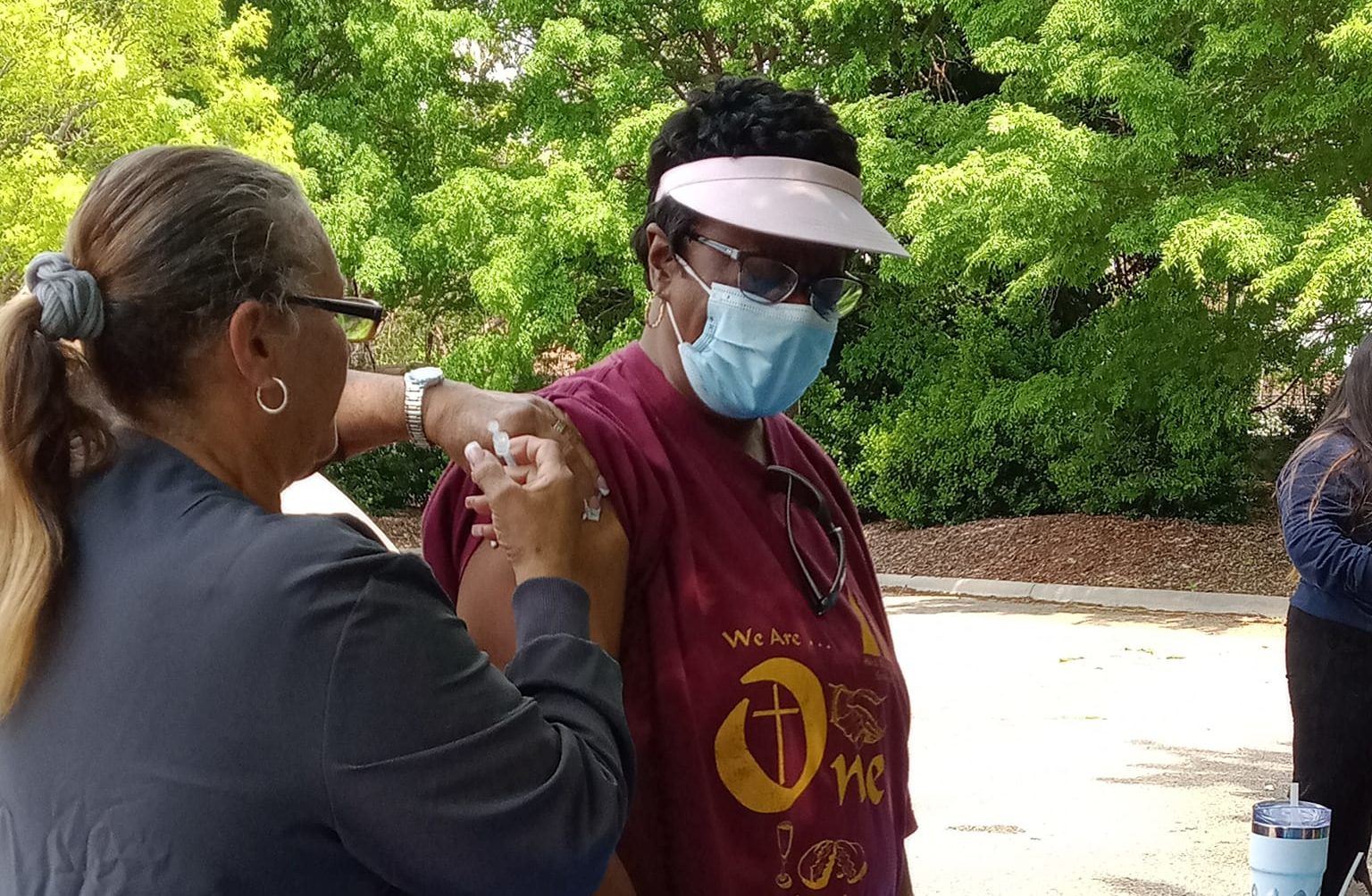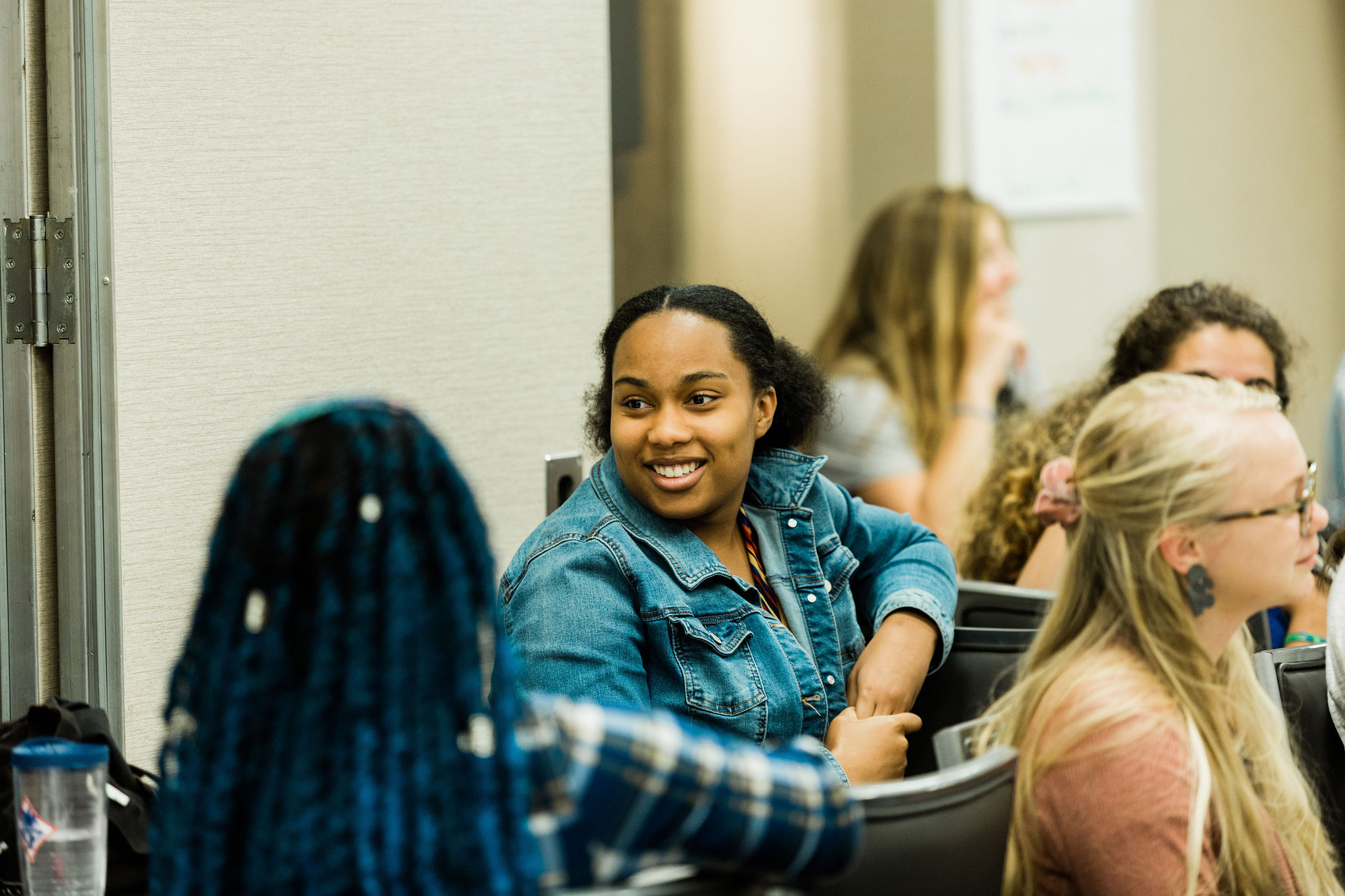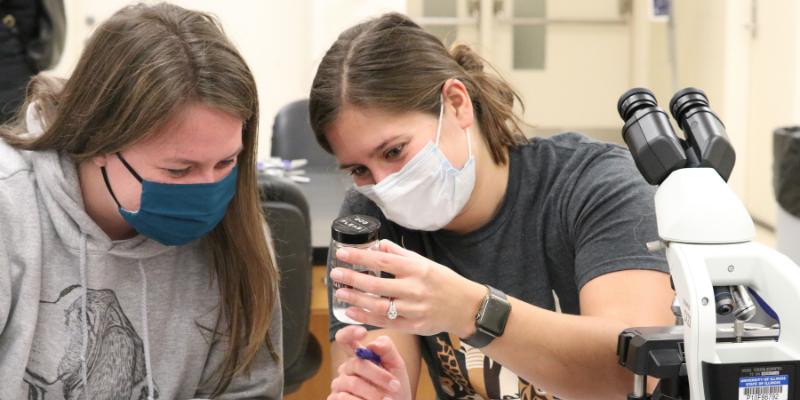Ready to Build Interfaith America? Here are Some Helpful Resources
May 10, 2022

At Interfaith America, we believe that religious diversity is a foundational American strength. When we positively engage this diversity, we can address the major challenges of our communities and our nation.
The following resources are intended to provide support as you: 1) envision what interfaith America looks like in your context; 2) identify needs and assets in your community; 3) plan interfaith initiatives that capitalize on local assets while addressing expressed needs; and 4) leverage the power of interfaith cooperation to build a better world for all.
Should you need additional support, please don’t hesitate to reach out: [email protected].
To build interfaith America, we …
… bring together people of different faiths, worldviews, and traditions in compelling projects that contribute to the common good and make space for powerful storytelling and relationship building.
Creating Spaces for Interfaith Cooperation: This video explores how to successfully create opportunities for interfaith cooperation. It includes best practices for creating and assessing interfaith-friendly projects.
Asset Mapping for Social Change: Design your work in a way that builds on existing community strengths and resources. (Note: This guide was created to support interfaith racial justice initiatives, which remain a priority for Interfaith America. The concepts discussed also apply to any interfaith work you might do.)
Partnering with the Community: Read about creative ways colleges and universities have engaged with surrounding communities through an interfaith lens.
Popular Interfaith Student Events: Explore popular ideas for interfaith events, including service projects.
… foster conversations that help people deepen their relationships with their own traditions and their relationships with others at the same time.
“Talk Better Together” Guide: “Talk Better Together” is an activity that can be easily integrated into almost any interfaith gathering to promote meaningful interfaith exchange.
Facilitating Interfaith Dialogue: Facilitating dialogue is one of the most important skills of interfaith leadership. This video introduces methods to facilitate conversation and move discussion into action.
Shared Values Facilitation Guide: Use this tool to discuss values, experiences, and commitments that connect people of different religious and non-religious backgrounds.
Hosting an Interfaith Potluck: This short guide suggests a simple way to bring people together for interfaith exchange.
… prepare students for a religiously diverse world and develop interfaith leaders.
Interfaith Student Learning Outcomes: Review examples of student learning outcomes being used by various institutions for a diverse range of curricular interfaith programs.
Case Studies for Exploring Interfaith Cooperation: This toolkit provides several case studies around the real-life challenges of religious diversity, along with a guide for their use in the classroom.
Interfaith Leadership Video Series: This full-course, video-based curriculum covers foundational concepts of interfaith cooperation, the history of American religious diversity, and stories of inspiring leaders.
Additional Resources
The following is a sample of additional resources we can offer to support your work. If you are unable to find what you need here, search our full library of resources or contact us at [email protected].
Connecting Across Deep Difference
Designing Interfaith Activities for your Campus Type
Engaging Secular Students in Interfaith Cooperation
Evangelical Christians in Interfaith Cooperation
Experiential and Engaged Learning in Interfaith and Interreligious Studies Courses
Five Key Takeaways from the Interfaith Diversity Experiences & Attitudes Survey (IDEALS)
How Interfaith Works on Christian Campuses: ‘Be Brave and Move Forward’
Interfaith at Public Universities: Promising Practices
Interfaith Engagement and Orientation Programs
Mapping Interfaith Cooperation to Your Campus Mission and Values
Religious Accommodations and Policies on Campus (Examples)
Connie Meyer is Curriculum Development Consultant at Interfaith America.
Share
Related Articles

Interfaith America in Action: Emory University, Atlanta
Interfaith groups of students from Emory University came together to address their communities’ COVID-19 vaccination needs as part of Interfaith America’s Faith in the Vaccine initiative. They partnered with local community and health care organizations to bring multiple vaccine clinics to a food pantry pick-up and a center for individuals experiencing homelessness. Their outreach included weeks of trust-building conversations, surveys to understand local needs, and bilingual resources. The work resulted in hundreds of vaccinations, new interfaith bonds, and skills for future leadership.

Interfaith America in Action: Wiley College, Marshall, Texas
Wiley College and neighboring Jarvis Christian College are only 58 miles apart. However, historical dynamics have kept their students from engaging in conversation across the institutions’ differences. To bridge this gap, Wiley College plans to bring the campuses together for meaning-making experiences facilitated by campus faith leadership. The initiative will equip students to foster mutual care and curiosity across geographic and denominational differences to form a more expansive, respectful, and inclusive community. Following this pilot, Wiley College hopes to convene students across all nine of Texas’ historically Black colleges and universities to engage in caring community.

Interfaith America in Action: University of Illinois at Urbana-Champaign
At UIUC, a religious studies professor and the Vice President of Diversity partnered with the Veterinary Medicine Faculty to create a course on religious diversity in veterinary medicine using real-life case studies to build interfaith competencies. As students discussed Hindu sacred cows and Indigenous non-ownership of animals, they interrogated important questions regarding animals, the environment, and different worldview’s perspectives around human responsibilities for each of these. The course provided essential information for work in a quickly diversifying field and enabled students to consider their own worldviews in the context of their future profession.



